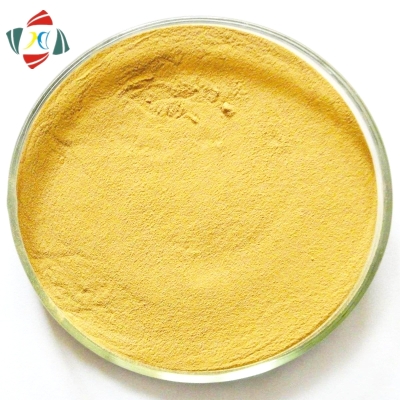-
Categories
-
Pharmaceutical Intermediates
-
Active Pharmaceutical Ingredients
-
Food Additives
- Industrial Coatings
- Agrochemicals
- Dyes and Pigments
- Surfactant
- Flavors and Fragrances
- Chemical Reagents
- Catalyst and Auxiliary
- Natural Products
- Inorganic Chemistry
-
Organic Chemistry
-
Biochemical Engineering
- Analytical Chemistry
- Cosmetic Ingredient
-
Pharmaceutical Intermediates
Promotion
ECHEMI Mall
Wholesale
Weekly Price
Exhibition
News
-
Trade Service
Paliperidone palmitate is a synthetic drug that is widely used in the treatment of schizophrenia and other psychiatric disorders.
The drug is a long-acting injection, which provides sustained plasma levels of paliperidone over a period of several weeks.
In this article, we will discuss the synthetic routes of paliperidone palmitate and the various methods used to synthesize the drug.
- Synthesis of Paliperidone
The synthesis of paliperidone begins with the synthesis of a compound known as p-hydroxybenzaldehyde.
This compound is then treated with a series of reagents to form a precursor compound, known as p-hydroxynitrobenzene.
The precursor compound is then subjected to a series of chemical reactions, including electrophilic substitution and condensation reactions, to form paliperidone.
- Synthesis of Paliperidone Palmitate
Paliperidone palmitate is synthesized by esterifying paliperidone with palmitic acid.
Palmitic acid is a saturated fatty acid that is commonly found in animal fats and vegetable oils.
The esterification reaction involves the reaction of the carboxyl group of palmitic acid with the hydroxyl group of paliperidone.
The resulting ester is then hydrolyzed to form the hemiester, which is then converted to the palmitate ester of paliperidone.
- Chemical Synthesis of Paliperidone Palmitate
The chemical synthesis of paliperidone palmitate involves the sequential addition of various reagents to the paliperidone molecule.
The first step involves the alkylation of paliperidone with a reagent such as chloropropylamine, which introduces a propyl group to the molecule.
This is followed by the addition of a palmitic acid derivative, such as palmitate sodium, to form the palmitate ester of paliperidone.
- Biotechnological Synthesis of Paliperidone Palmitate
The biotechnological synthesis of paliperidone palmitate involves the use of microorganisms, such as bacteria or yeast, to synthesize the drug.
This method involves the expression of the paliperidone synthase gene in the host microorganism, which encodes the enzyme responsible for the synthesis of paliperidone.
The microorganisms are then cultured in a medium containing the necessary precursors and cofactors, and the resulting paliperidone is then esterified with palmitic acid to form paliperidone palmitate.
- Advantages of Paliperidone Palmitate
Paliperidone palmitate has several advantages over traditional oral antipsychotic medications.
The long-acting injection provides sustained plasma levels of the drug over a period of several weeks, which makes it easier to maintain consistent therapy and improve patient compliance.
Additionally, the drug has a longer half-life than oral antipsychotics, which results in a more gradual onset and longer duration of action.
- Conclusion
Paliperidone palmitate is a synthetic drug that is widely used in the treatment of schizophrenia and other psychiatric disorders.
The drug is synthesized through a series of chemical reactions that involve the synthesis of paliperidone and its esterification with palmitic acid.
The synthetic routes of paliperidone palmitate include chemical and biotechnological synthesis.
The advantages of paliperidone palmitate include sustained plasma levels, longer half-life, and improved patient compliance.







